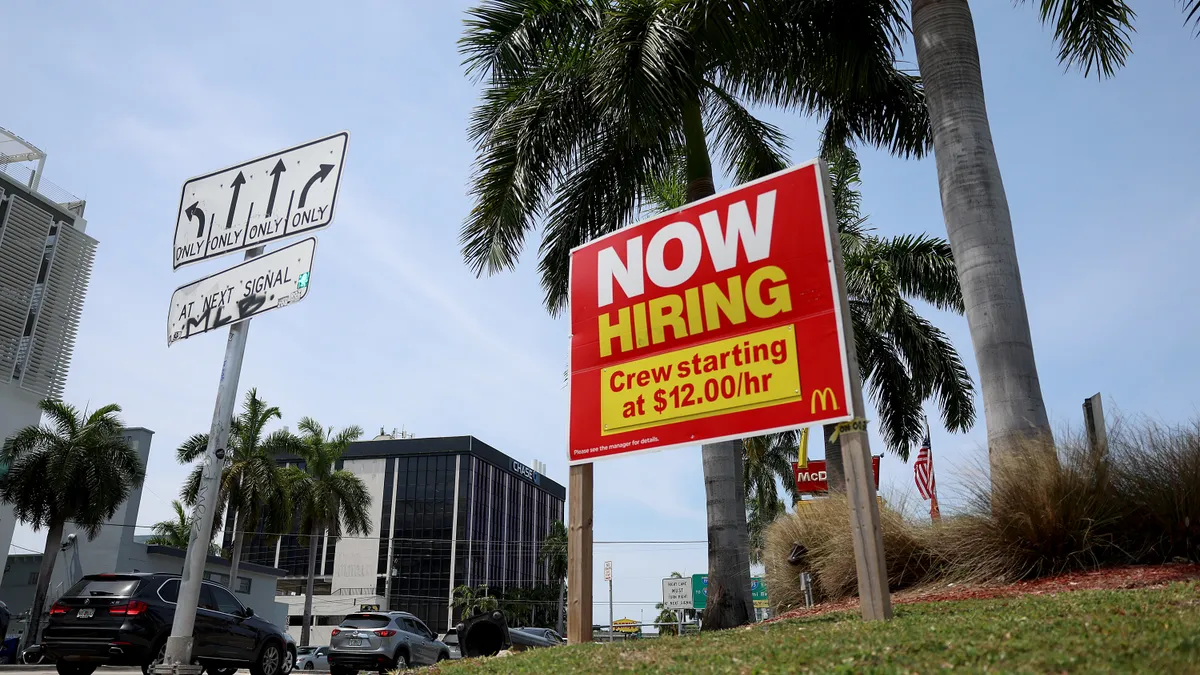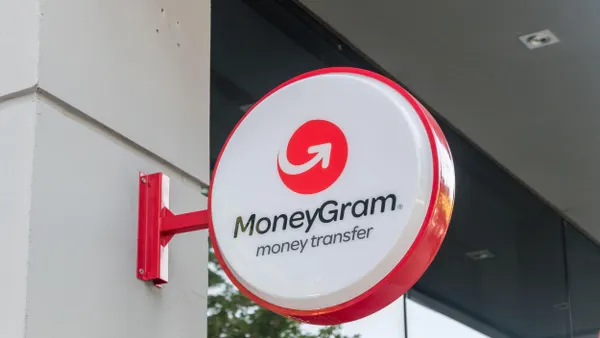CFO Navneet Govil helped make the finance function central to SoftBank Vision Fund's investment strategy by creating a tool that collects, analyzes, and presents financial data from the fund's portfolio companies.
Armed with insights from the tool, the fund's CEO, limited partners and investing teams can make data-enhanced decisions on how to deploy SoftBank's and limited partners' capital.
"For them to be able to see, 'Ah, this company is doing well, this company has fallen behind,' that's how you're going to add value to your key stakeholders," Govil told CFO Dive.
Big funds
SoftBank launched its first vision funds in 2017 to profit off the growth of artificial intelligence. Its capitalized at $98.6 billion with money from both SoftBank and outside investors. It's the largest technology investment fund ever created. It launched a second fund in 2019. Its capitalized at $10 billion using only SoftBank money.
The two funds have invested in 118 companies, mostly startups at Series C and D rounds, many of them close to the IPO stage. The funds have generated more than $20 billion in profits, both realized and unrealized.
"We expect 50-60% of our investments to be successful," Govil said, comparing that performance to the 10-15% success rates of funds targeting earlier stage companies.
Data insight
To populate the tool with data, Govil's finance team uses automated processes to scan data from the portfolio companies' financial reports.
"One of our portfolio companies is Automation Anywhere, which basically produced us this bot, and it's basically automating a lot of these manually intensive tasks," he said.
The data gets crunched and arranged in easy-to-digest graphs on an online dashboard.
"The key is data visualization," he said. "You have all this data. What is important? What is not?"
The fund's executives and investors can find, for example, a portfolio company's revenue over the last 12 months, how that compares with what the fund's investing team had expected at this point, and how it compares with other companies in its space that are publicly traded.
"It very quickly [enables you] to absorb that and then draw conclusions about whether the company is doing well," he said.
Aggressive predictions
Based on data the tool has amassed, the fund's investing teams have been able to make better underwriting decisions, he said.
For example, when an investment is underwritten now, the investing team might discount the amount of growth the company says it expects to generate in the next couple of years, and might add growth to longer-term projections.
"The forecasts of the management team at the [portfolio] companies tend to be very aggressive in the near term," he said. "They tend to miss some of these forecasts, but in years three, four and five, they tend to underestimate their ability. So, when our investing teams look at the data, they say, 'When we underwrite the investment, we'll apply a haircut to the companies' forecasts for the first years, but we'll increase the forecast in years three, four and beyond.'"
Another insight from the data tool touches on a company's unit economics. If the company can't demonstrate it can turn a profit on the sale of a single unit, the investing team will consider nixing the investment, on the assumption the company can't make a profit at scale. The reverse is also true; a company that can make a profit on the sale of a single unit is assumed to be capable of growing its profit as its sales increase.
That insight goes against conventional thinking, based on traditional rules of production.
"There's a fallacy that you're going to have economies of scale," he said. "You have a lot of fixed costs, and if only I sold a lot more, there are going to be [profits]. But, generally, [with technology companies], if the unit economics work, there's a lot of value in scaling the business. So, our investing team says, 'Okay, let's focus on companies where the unit economics work, because there we can give them SoftBank's capital. Then it will make sense for these companies to expand globally in different geographies and be successful.'"
Portfolio company CFOs benefit
Vision Fund executives and investors aren't the only ones who benefit from the data tool, Govil said; portfolio company CFOs benefit too. Although they don't get access to the platform, they're given aggregated insights.
"We share the analytics on a broader basis," he said.
Until last year, the company hosted an annual CFO conference where the analytics were shared and questions about them answered; since the pandemic, the conference has transitioned to smaller-scale virtual meetings.
"[Portfolio company CFOs] can network with one another," Govil said. "So, somebody can say 'Hey, Slack CFO, you did a direct listing. Why did you choose to do that versus a traditional IPO or a SPAC? Or, Hey, Uber, you did this when you did your IPO. You priced it like this. Why did you price it this way? Which banks did you use to be your underwriters? Or, we want to IPO in the next 12 months, what are some of the things we should do?"
"We facilitate these types of interactions and give them tools," he said. "It's an absolute partnership."




















